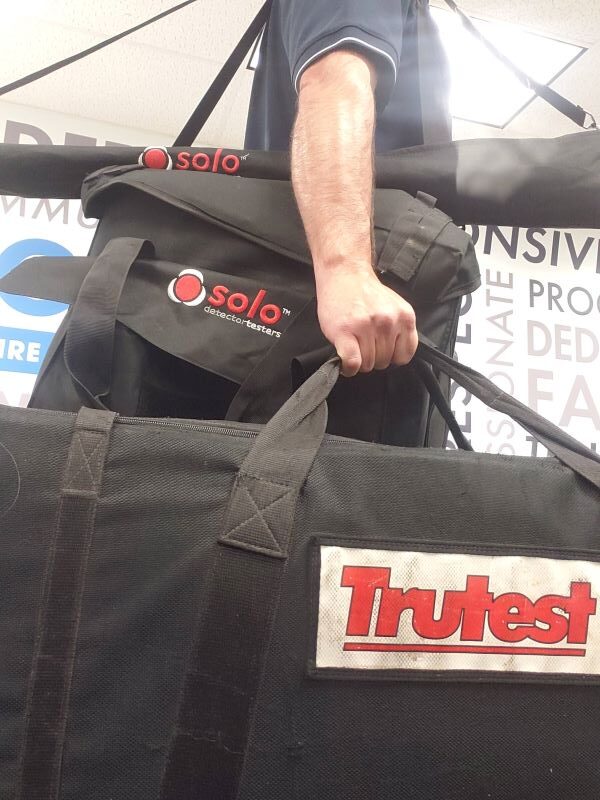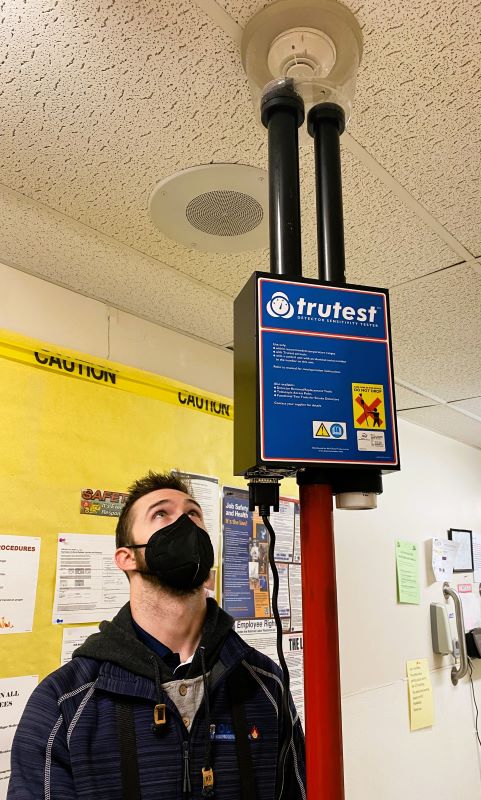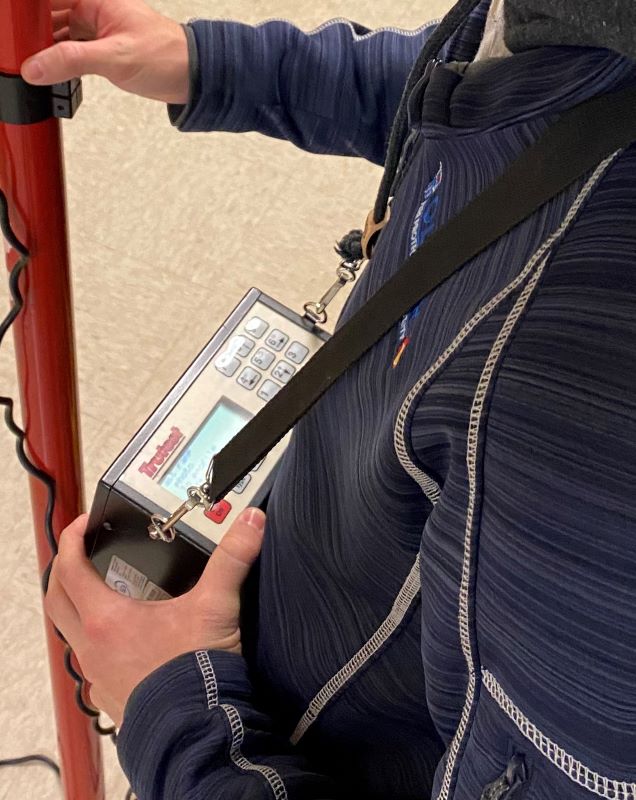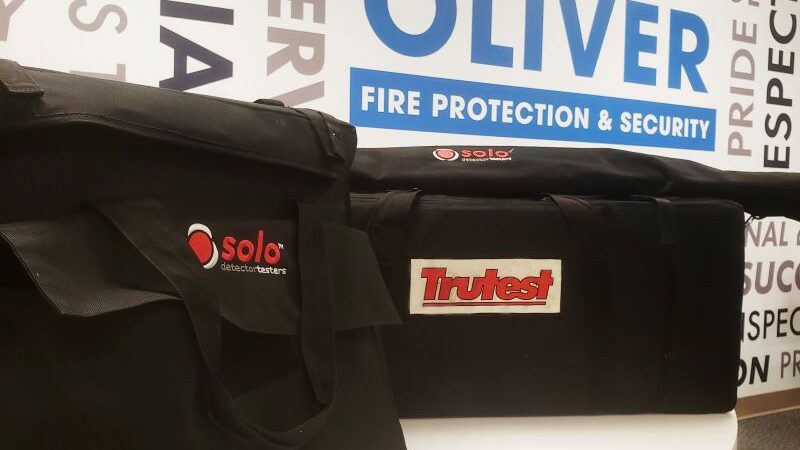Article by Toni Szczepanski – Preventive Maintenance Specialist
While it may cost a little bit more to add sensitivity testing to your next fire alarm inspection, it could save you much more than you think. Ensuring that your life safety system is working properly reduces the risk of false alarms which would evacuate the entire building for no reason as well as send out a fire alert to dispatch. Or, worse yet, your system ends up not working properly in the event an actual fire occurs.
Not every commercial building requires a fire alarm system to be installed, however they do all require smoke detectors. In structures with a fire alarm system, once smoke is detected, a signal is sent back to the fire alarm panel and based on its programming, the system will identify it and activate any audible notification to alert the building.
Residential buildings and commercial facilities that are not required to have a fire alarm system still require smoke alarms per National Fire Protection Association (NFPA) Code 101. These smoke alarms are self-contained units that do not report back to a larger panel but instead contain a sensor that will audibly alert if smoke is detected.

Having these devices is critical to life safety but how often are we truly taking care of them?
While smoke detectors are visually checked during a regular Fire Alarm Inspection, it is important that the sensitivity of the smoke detectors be regularly tested by a trained professional. Here at Oliver, we recommend sensitivity testing to be done every two years.
Sensitivity testing is crucial to maintaining and ensuring that each smoke detector is clean and calibrated within the correct sensitivity range. Things like dust, dirt or even insects can affect a detector’s sensitivity and can limit smoke being able to enter the device. If these detectors are not in the correct range, it can produce false alarms or sometimes worse – not work properly in the event of a fire.
How do you test sensitivity?
Sensitivity testing is typically done using a TruTest device. The TruTest device connects right to the smoke detector for quick, accurate results. After connected, it pumps smoke at a slow pace until it triggers the detector. Once the detector has gone into alarm, the device will measure its obscuration or sensitivity.


It is always important to check with your building’s insurance and your Authority Having Jurisdiction to ensure that you are following their required standards for sensitivity testing. According to NFPA 72, sensitivity testing of smoke detectors is required to be checked within one year of the initial installation. After the first initial check, sensitivity testing should be checked every alternate year. After the second testing, if its sensitivity has remained within range, the AHJ’s can extend these tests to be performed up to a maximum of every five years.
Ensuring that your life safety system is functioning properly is one of the most vital responsibilities of a business owner. Not only does it reduce the risk of false alarms but also significantly reduces the risk of unalerted fires.
Take some time to think about when the last time your smoke detectors were tested for sensitivity, since it might just be saving your property and its occupants. If you would like to know more about sensitivity testing or can’t remember the last time your system was tested, call us and we will gladly discuss more options. Toni Szczepanski (610) 277-1331 ext 430 or email me at tpanski@oliverfps.com

